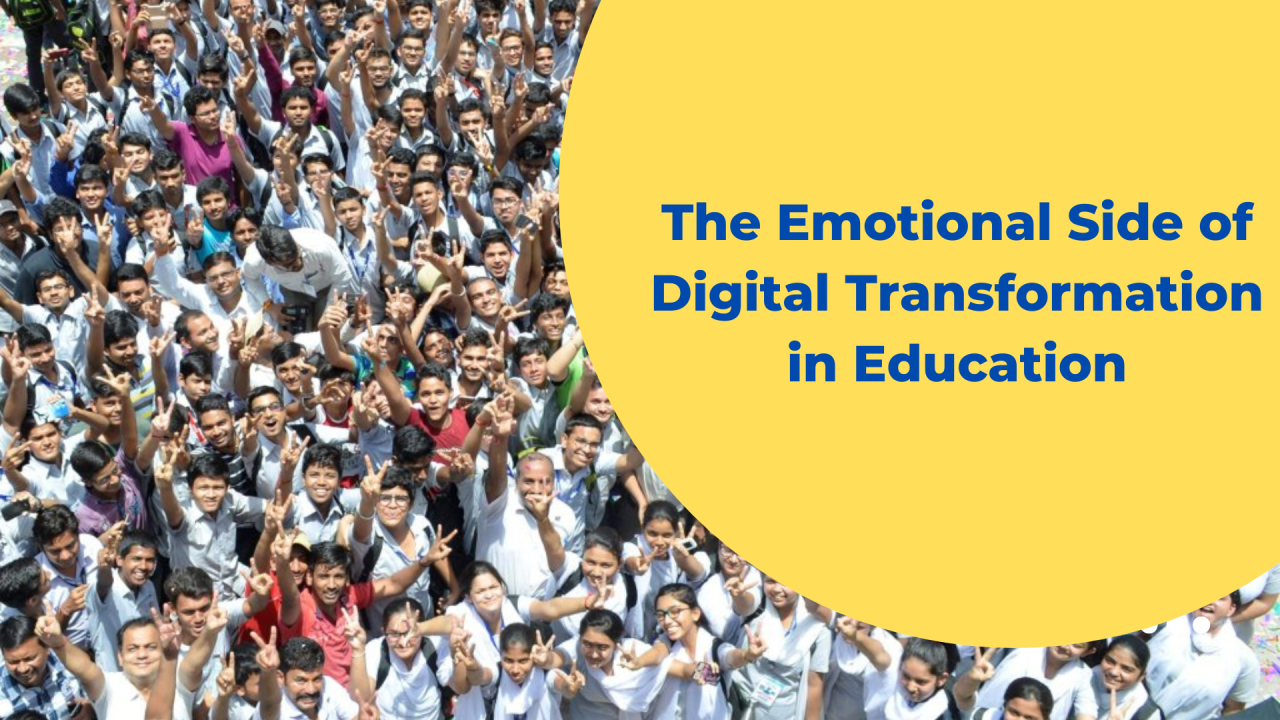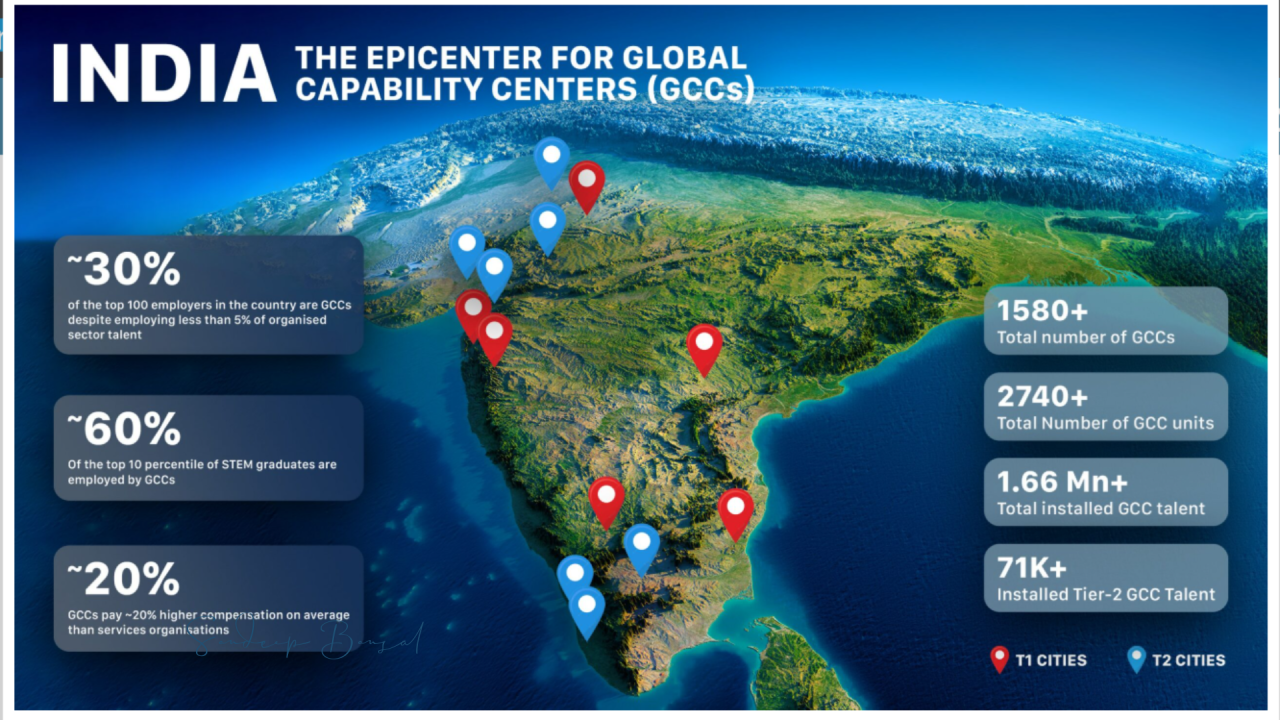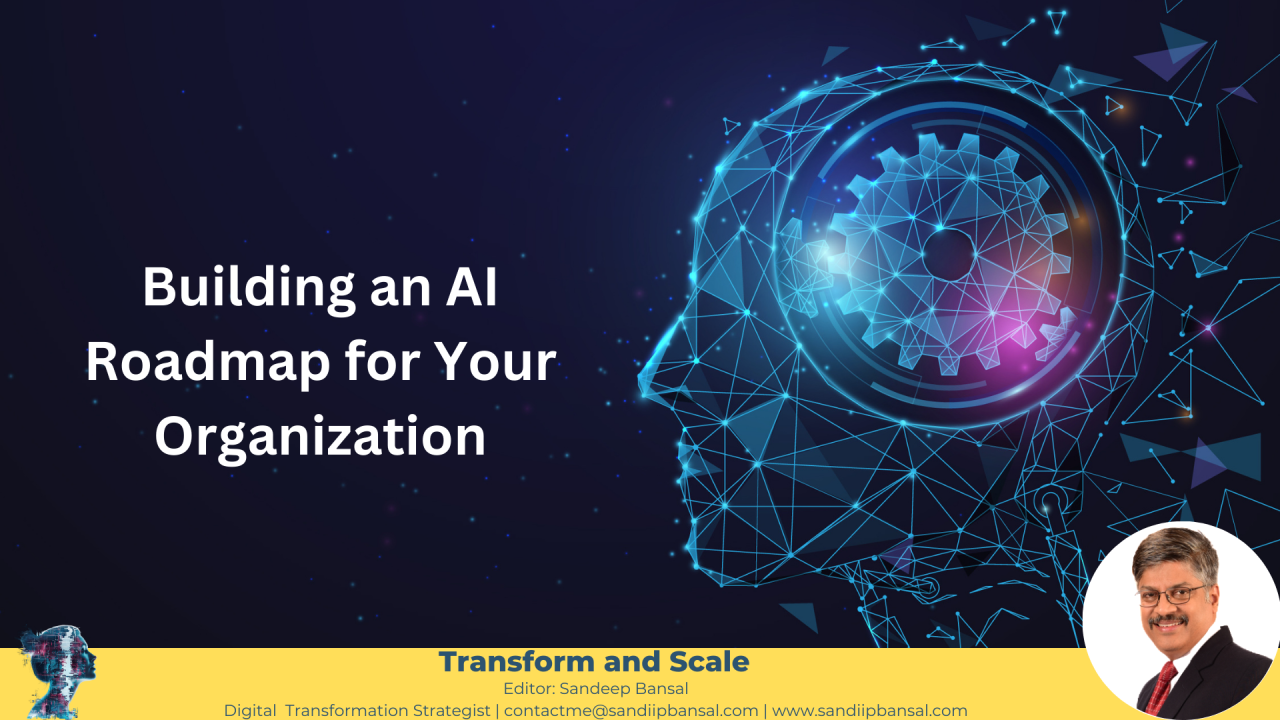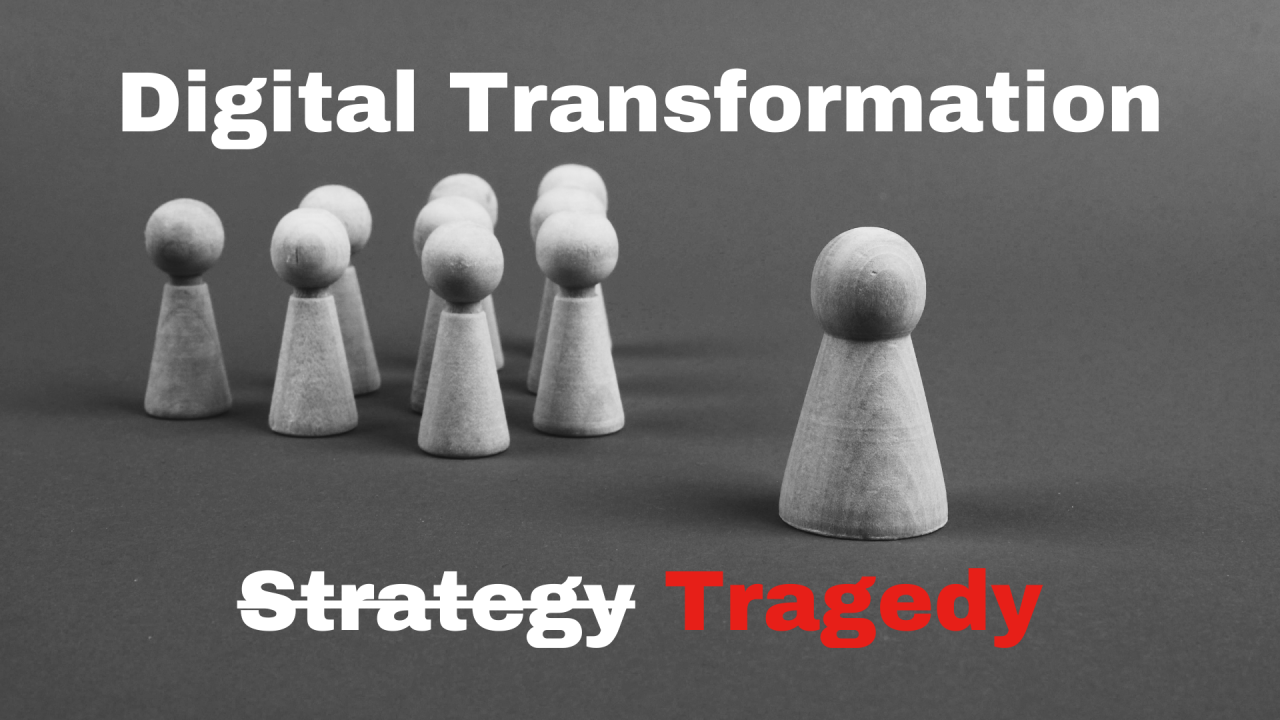Picture this: A global manufacturing firm invests $30 million in a digital transformation initiative, only to abandon it 18 months later with nothing to show but frustrated employees and disappointed shareholders. Or consider the regional healthcare provider that implemented a new patient management system, but two years later, staff still rely on spreadsheets and paper records for critical processes.
These scenarios aren’t fictional—they represent the reality for too many organizations. A McKinsey & Company study found that 70% of digital transformations fail, with over $900 billion wasted annually on initiatives that don’t deliver their promised value.
Why such dismal outcomes? In my experience working with dozens of transformation projects, the answer often comes down to one critical missing element: a dedicated strategist who can bridge the gap between vision and execution.
The Architect Behind Successful Transformation
Digital transformation extends far beyond implementing new technologies. It represents a fundamental reimagining of how organizations deliver value, optimize operations, and build resilience against disruption. This journey demands clear vision, meticulous planning, and unwavering focus—qualities that a skilled strategist brings to the table.
One success story stands out: A mid-sized financial services company that bucked the failure trend by appointing a transformation strategist before selecting any new technologies. When their competitors rushed to implement the same AI-powered customer service platform (with mixed results), this company’s strategist first mapped out customer journeys, identified friction points, and built cross-functional teams. Their transformation delivered a 47% improvement in customer satisfaction and 28% operational cost reduction—significantly outperforming industry averages.
Six Ways Strategists Drive Transformation Success
1. Assembling the Right Team
A transformation strategist recognizes that people drive success. They excel at:
- Creating balanced teams with complementary technical and business expertise
- Establishing clear roles and accountability frameworks
- Breaking down silos between departments to foster collaboration
- Developing talent pipelines to support ongoing transformation needs
Transformation fact: Teams with clearly defined roles are 2.3 times more likely to meet or exceed their digital transformation objectives. According to Deloitte, organizations that emphasize cross-functional collaboration experience 32% faster implementation times.
2. Making Technology Decisions That Stand the Test of Time
Strategists cut through vendor hype to identify solutions that truly meet organizational needs:
- Evaluating platforms based on scalability, integration capabilities, and long-term viability
- Developing multi-vendor approaches that prevent dangerous dependencies
- Creating technology roadmaps aligned with business objectives
- Prioritizing flexibility over quick fixes
A recent IDC study found that organizations with strategic technology selection processes achieve 42% higher ROI on their digital investments. More tellingly, companies with strategist-led implementations are 65% less likely to replace their core systems within five years.
3. Mastering the Art of Negotiation
Your transformation budget will stretch further with a strategist who:
- Crafts master service agreements that protect organizational interests
- Optimizes the bill of materials to eliminate unnecessary expenses
- Secures favorable terms for implementation and support
- Establishes meaningful SLAs with real consequences for non-performance
Organizations with strategic negotiation practices save an average of 23% on their total transformation costs. One manufacturing client saved $3.2 million through strategic contract negotiations—funds they reinvested in change management and training.
4. Designing Architecture That Enables Future Growth
A strategist creates the blueprint for transformation success:
- Developing flexible architectures that accommodate changing business needs
- Balancing innovation with practical implementation realities
- Ensuring security and compliance are built-in, not bolted on
- Maintaining a big-picture view while addressing technical details
Companies with well-defined architectural governance are 2.5 times more likely to achieve their transformation goals on schedule. According to Gartner, organizations with strong enterprise architecture practices experience 40% fewer integration challenges.
5. Planning for Post-Implementation Excellence
The strategist’s vision extends well beyond the go-live date:
- Creating maturity roadmaps with clear milestones and metrics
- Establishing performance dashboards to track operational effectiveness
- Developing continuous improvement frameworks
- Building feedback loops that capture end-user experiences and business impact
Organizations that implement post-transformation governance models report 37% higher user satisfaction and adoption rates. The data shows that companies with formal post-implementation strategies achieve full benefits realization 16 months earlier than those without.
6. Building Organizational Self-Sufficiency
Perhaps most importantly, strategists work to make themselves unnecessary:
- Transferring knowledge from external partners to internal teams
- Creating centers of excellence to sustain and extend transformation gains
- Documenting processes, decisions, and architectural principles
- Developing internal capabilities that reduce vendor dependence over time
Companies that prioritize knowledge transfer during transformation are 65% less likely to experience critical support issues after implementation. Research shows that organizations with internal centers of excellence spend 42% less on external consultants in years 3-5 after transformation.
The Strategic Advantage
When transformation initiatives falter, the absence of strategic leadership is often the root cause. Without a strategist at the helm, organizations risk:
- Fragmented implementation with competing priorities
- Technology selections that quickly become obsolete
- Vendor relationships that evolve into expensive dependencies
- Architectures that cannot scale to meet future needs
- Post-implementation challenges that erode anticipated benefits
From Vision to Reality
A strategist transforms abstract digital ambitions into concrete operational realities. They balance innovation with practicality, technical excellence with business needs, and short-term wins with long-term sustainability.
Consider this final example: A retail chain that had struggled through three failed attempts at digital transformation finally brought in a dedicated strategist. Rather than immediately launching another technology implementation, the strategist spent eight weeks understanding the business, mapping processes, and building relationships. When implementation finally began, it progressed 30% faster than industry benchmarks and delivered 118% of projected benefits within the first year.
For organizations serious about digital transformation, a strategist isn’t an optional luxury—they’re the essential catalyst that turns transformation aspirations into lasting competitive advantage.
What role does strategic leadership play in your organization’s digital initiatives? Share your experiences in the comments below.



















